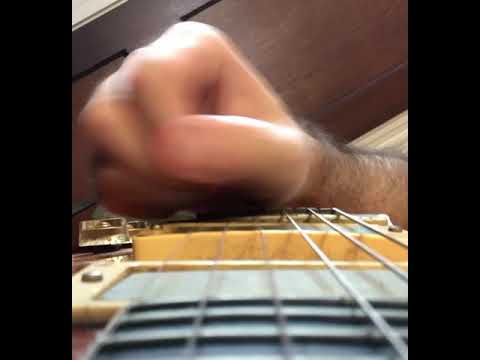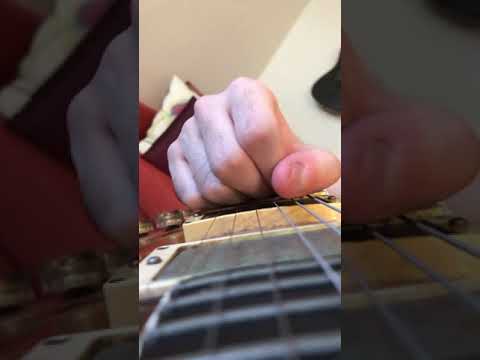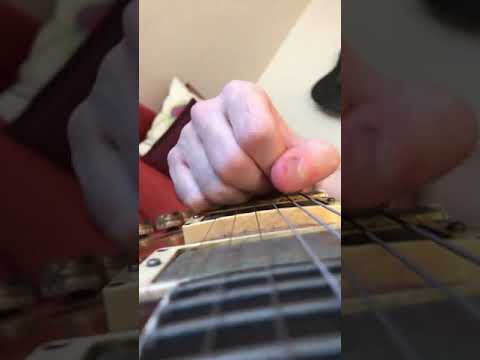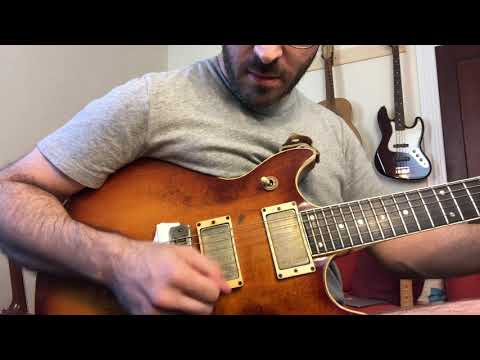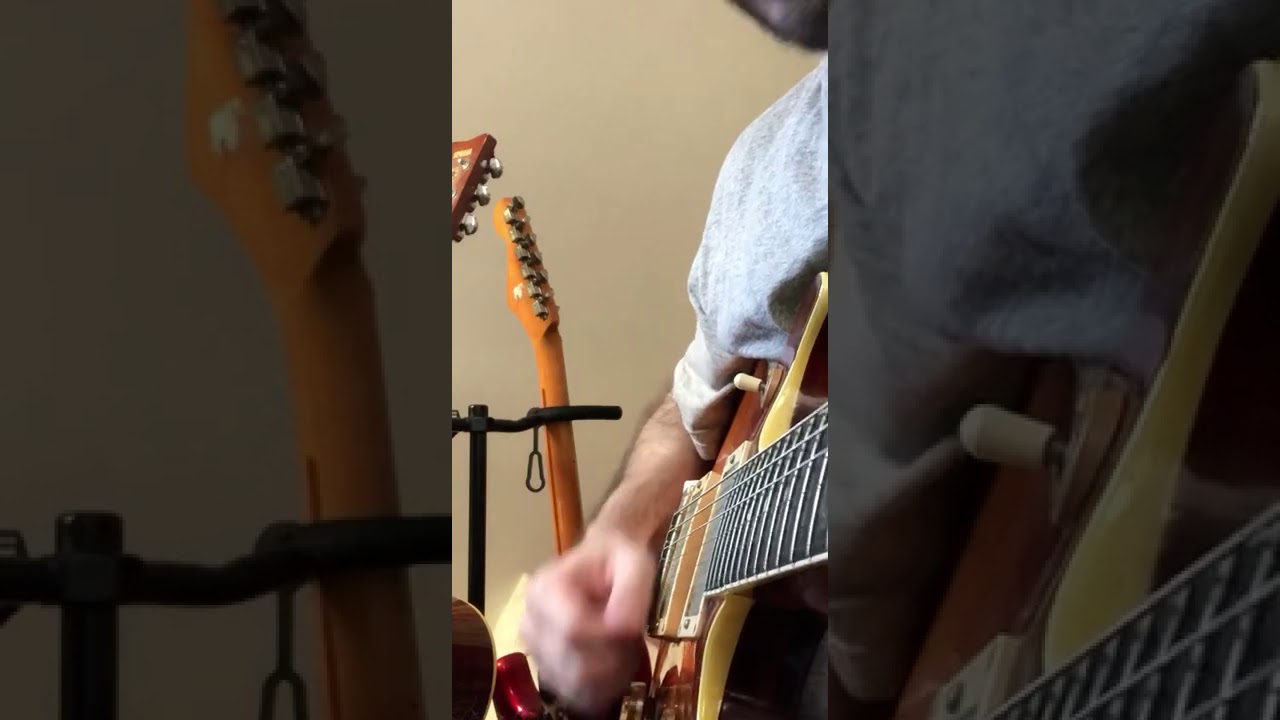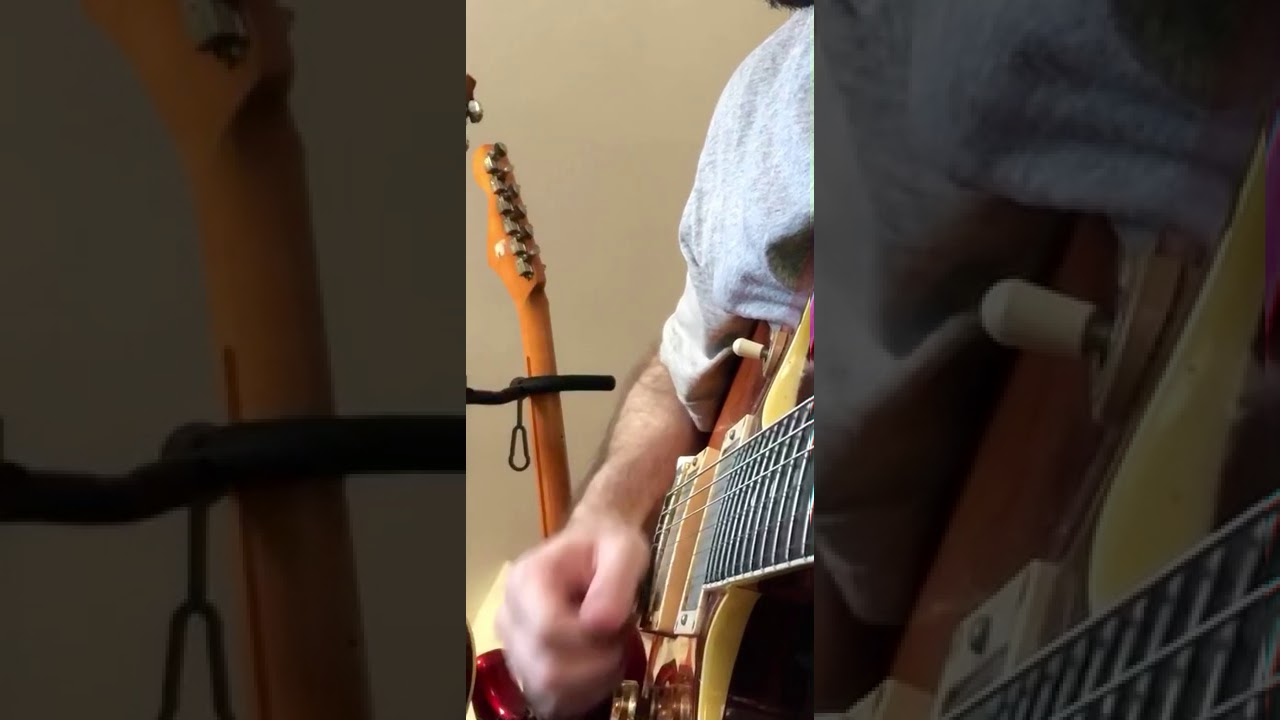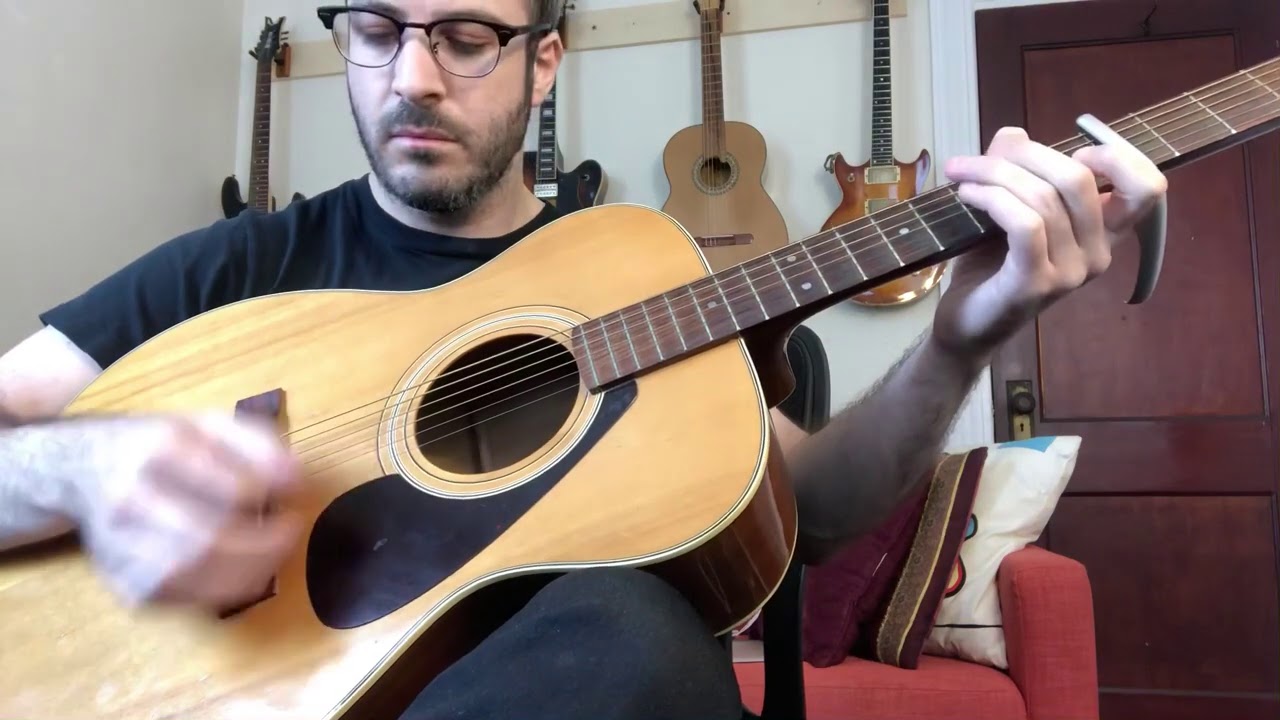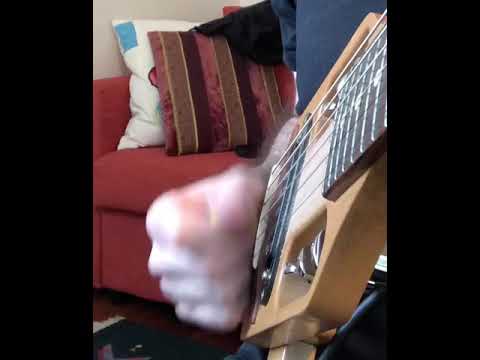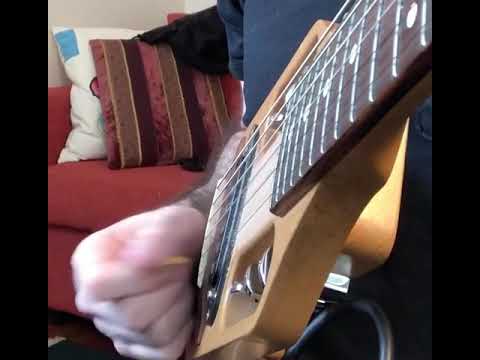A bit more?? Dude I have fingernails longer than that! Hilarious.
Mods!! I’m being harassed!
Kidding - actually, giving it a few days experimentation I’ve found my flesh WAS hitting the strings at times and, long story short, having more pick exposed has led to some other positive things.
…yes, given your level of playing ability and generally speedy motion, this should be what happens. It might not be clean . But you should be able to put your hand on the guitar and move it at exactly that tempo or the general ballpark, across three strings, and feel no resistance, prior injuries notwithstanding. Obviously if you hit some random strings that’s fine. But it should still be different from strumming where you’re intentionally plowing through the strings.
Interesting. I’d say I have not experienced something that feels like this while doing the set up I’ve displayed in these videos. Basically, with this set up displayed in these vids, I can maybe strum the strings quick, or move my pick entirely above the plane of the strings back and forth and occasionally reach under and grab one, but I’m guessing that doesn’t quite even meet the criteria of ‘fast and sloppy.’ If I want to start hitting any individual strings at all it seems I have move my forearm around at least a little - but I’ve found it’s definitely not twisting, it seems to be more so creating some degree of the ‘ceiling to floor’ type of movement required in the whole thing. I think this is a big component of any other type of playing that I do that involves speed and switching strings. but A. I could be wrong about any of that, and B. I’ll continue tooling around with the wrist-only approaches.
Otherwise, all your comments on speed here are super helpful and I’ll keep tooling around.
I’m trying to wrap my mind around a few things anatomically/physically, and I might struggle to phrase the question(s)
Is my basic understanding of string hopping as it relates to 1nps stuff correct here? It’s hard to pick 1nps arpeggios at ‘fast’ tempos if we use wrist extension to bring the pick out of the plane of the strings on both the downstroke and the upstroke. Because if we use wrist extension to leave the strings with the downstroke, then wrist flexion to bring the pick back to the strings, then extension to leave the plane with the upstroke, then flexion to come back to the string and start over again, we’re asking that group of muscles to perform a task that pretty much everybody finds pretty tiring for any of what we consider ‘fast’ guitar playing. And this is true regardless of which muscle group is pushing the pick through the string for the ceiling-to-floor component of the movement - the wrist still has to go out and back fo every single note. And this would also be true of some other muscle groups that could bring the pick in and out of the plane, like if we used the same finger movement to go in and out on both the downstroke and upstroke. Or hypothetically even movement from the shoulder to move the whole arm (kind of like a cartoon/movie robot) , we have the same issue of asking the body to do a lot more work per note, in comparison to the layout we’ve observed from people like Tuttle, Morse, Wood, Miller, etc.
Do I have that all correct?
Forearm pronation/supination may not result in the same kind of string hopping fatigue issue because both pronation and supination can do both bring the pick out of the plane and also back to the string. So with pronation/supination we can hypothetically have pick strokes that go: pronation on a downstroke, leaves the plane of strings, supination to bring the pick back to the string, supination to keep going through the string for an upstroke, pick leaves the plane of the strings, pronation to come back to the string, keep going for the downstroke, etc. But that excludes other problems with ‘forearm turny’ movements, I’m just trying to wrap my head around the anatomy.
In the set up laid out in the May 2018 live vid, we get some extension and some ulnar deviation (or wait, all extension?) on the downstroke, and pure radial deviation on the upstroke. In this set up, the extension both produces the pick stroke (the ‘ceiling to floor’ movement) and also puts the pick out of the plane of the strings. And the same is true of the deviation/up stroke , one movement from one joint to both produce the upstroke and also to leave the plane of the strings. So the wrist extension muscle has 1/2 the work it has to do in comparison to the string hopping set up I tried to describe above.
Yes?
And my understanding is you advocate this set up as a good first one to try as it has the least margin of error, the simplest one, relatively speaking, for just having a blunt distinction between doing it vs not doing it. If we involve other components like finger, elbow, shoulder, etc, there become a dizzying number of variables, especially when we have something like a downstroke that has some set of muscles responsible for bring the pick out of the plane and a different set of muscles responsible for bring the pick ‘down’ to the floor to go through the string.
Part of the reason I want to double check all that is because the most ‘eureka’ moment I’ve had so far has been getting some roll patterns going with a bit of what I think may be additional forearm movement to go ‘ceiling to floor’ , to push the pick through the strings while it may be the wrist extension/deviation combo to bring the pick in and out of the plane of the strings. Something sort of clicked when I was playing the other day and I had some moments of the 3 string roll feeling very smooth and loose, sloppy, but fast and still mostly hitting the strings. I put it under the camera and slowed it down and to my eyes it looks like what I just described , yet it’s hard to recreate since I’m not exactly what it is/was and whether I’d be going down the wrong path to keep pursuing it
After I typed the above paragraph I grabbed a guitar to see if I ‘had it’ this morning, and I think this is more or less what I’ve described but maybe there’s also some finger movement and arm pronation/supination , had to use the front facing camera so no slow-down mode:
normal speed:
10% speed:
I’m continuing to work with various different movements and also the strict wrist set up, but it seems like as odd as this combo shown might be, and seems to look very much unlike anything any of the successful crosspickers do, I shouldn’t ignore that this meets many of the checkboxes: doesn’t feel tiring or tense, feels comfortable and controlled.
I’m trying to phrase things carefully here because I don’t want to come off like “Hey Troy, thanks for taking all this time to explain to me how to use the wrist and avoid extra arm movement, after spending years researching and thinking about this and explaining it to so many different people, including many conversations where you’ve repeated the advice to me about avoiding arm movement for this, but hey what do you think about me using a bunch of arm movement, eh, that’s probably good right? Yeah cool I’m gonna do that!” You know that I’m a teacher and that kind of s*** drives me up the wall, so apologies if it comes off that way!!!
What I’m really trying to get to the bottom of (if there is one) is which elements of arm movements are “bad” and why, and which might be worth pursuing further if they seem to be working to some degree. Because as I understand it, the discouraging of arm stuff, to me, has been more about keeping it simple and finding a combo that’s easier to work with, manipulate, explain, discuss, etc?
Grateful always - starting to feel like I might finally be breaking through something here…

